- Messages
- 29,926
- Name
- George.
- Edit My Images
- No
Nice one George. Really liking the mono conversion on this
Thank you fellow snapper, I sure do appreciated your reply.
George.
Nice one George. Really liking the mono conversion on this
FW updates for the 18mm and 60mm XF lens
http://www.fujifilm.com/support/digital_cameras/software/fw_table.html
FW updates for the 18mm and 60mm XF lens
http://www.fujifilm.com/support/digital_cameras/software/fw_table.html
Well, thats all my kit sent back. Now to sit and wait and find out how much my dabble with Fuji is going to cost me....Nikon P7800 compact for me for a while now!
One XF 90mm f2 ordered so should have it in a few days
I'd so love to afford/own a GFX 50S and a few lenses.
One XF 90mm delivered, thank you Wex for the great service. I had to go out today so had the lens delivered to my Mums so will pick it up in the morning and it can live on the X-T2
Got mine today too! Enjoy.
 Castlebrae by APM Photography, on Flickr
Castlebrae by APM Photography, on FlickrThat's Fooji PORN
Nice motor. I have the diesel.I'm about to eat my hat. I've got another X-T2, and this time round I like the colours more than my X-T1!
View attachment 132501
Might anyone have a spare Fujifilm RR-90 Remote Release they're thinking of selling?
Peter
- Make sure you have a decent stable tripod.Can I please ask advice regards shooting night time photography with either a XT1 and/or XP1, as last night I slightly dabbled in it and enjoyed it......a lot.
Castlebrae by APM Photography, on Flickr
My questions are;
Is it best to shoot with a neutral density filter so the shutter stays opens for much longer which makes the skies more dramatic?
Which f/stop and iso setting is best to select for this.......is there a set f/stop or sweet spot for best results?
How do you take the XT1 off automatic exposure and shoot manually to increase the time lapse? (I don't mean auto focus)
I'm guessing both my XF10-24mm and XF18-55mm lenses are suitable/versatile for this style of night time photography?
Do you need to turn off 'image stabilisation' when shooting on a tripod for long periods of open shutter/captures?
Sorry for all the questions......but I'm intrigued.
Peter
Can I please ask advice regards shooting night time photography with either a XT1 and/or XP1, as last night I slightly dabbled in it and enjoyed it......a lot.
Castlebrae by APM Photography, on Flickr
My questions are;
Is it best to shoot with a neutral density filter so the shutter stays opens for much longer which makes the skies more dramatic?
Which f/stop and iso setting is best to select for this.......is there a set f/stop or sweet spot for best results?
How do you take the XT1 off automatic exposure and shoot manually to increase the time lapse? (I don't mean auto focus)
I'm guessing both my XF10-24mm and XF18-55mm lenses are suitable/versatile for this style of night time photography?
Do you need to turn off 'image stabilisation' when shooting on a tripod for long periods of open shutter/captures?
Sorry for all the questions......but I'm intrigued.
Peter
- Make sure you have a decent stable tripod.
- At night time your shutter speed will be low enough that you will not need a ND filter.
- When it comes to ISO, always use the lowest possible.
- For your attached photo I would recommend f stop 5.6 to 8.
- To have full manual control, rotate the ISO and shutter speed dials away from the A position on your XT1. Also, rotate the lens ring away from the A position. Choose your fstop, say f8, the ISO 200 and finally adjust your shutter speed to achieve the required result. Make sure that the histogram is turned on or at least you can see the picture preview on the screen/EVF.
- Both of your lenses are very capable of achieving amazing results.
- And yes, make sure that the OIS is of when using a tripod.
Hope this is helpful
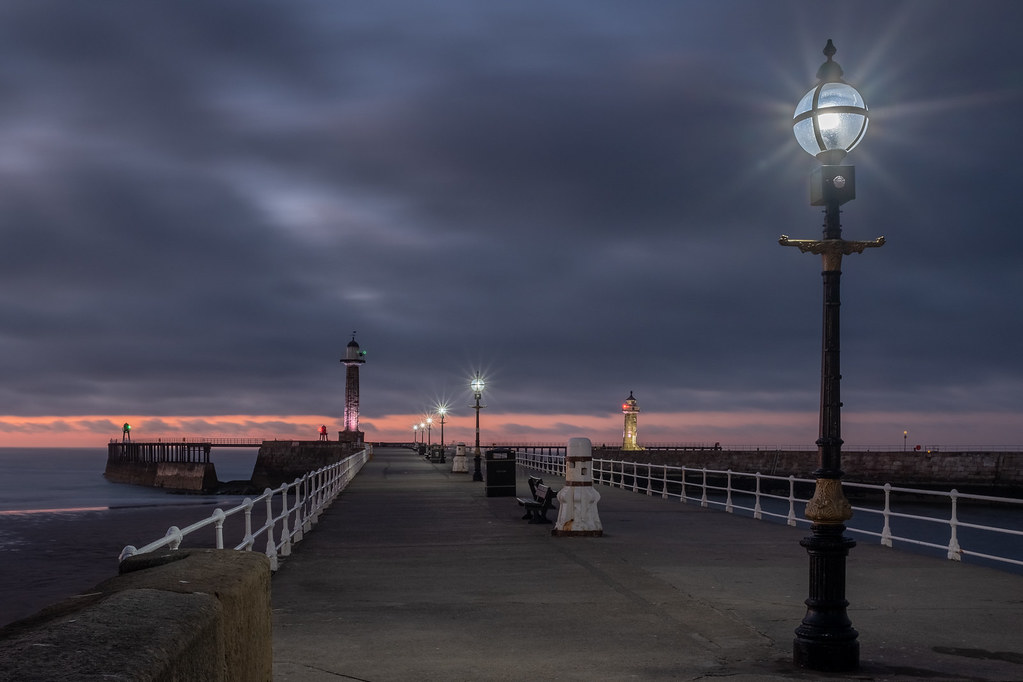
Nice motor. I have the diesel.
I don't know if this is of any help Peter, but I use one of these, and find it invaluable, and also a bit cheaper, with more features;
https://www.amazon.co.uk/JJC-Multi-Function-Control-Fujifilm-Replaces/dp/B00GGANE1A
Likewise, I bought a copy of a Canon remote for under £3 and it's never failed yet three years on!You can get some very cheap generic remote releases - I bought one and can't fault it.
Very nice capture David, I like that a lot.In addition to the above, expose carefully for the highlights - otherwise lights get too blown out. the Histogram is king here.
Using smaller apertures will accentuate starburst on lights (though not as prominent on XF18-55)
Consider bracketing to increase the dynamic range, and make a gentle HDR image. This can make lights appear much better and not as white blown out spots.
Shoot in blue hour, before it gets dark.- some colour in the sky helps.
Whitby - End Of Day by David Yeoman, on Flickr
Very nice capture David, I like that a lot.
So generally best shoot around f/8 - f/5.6 for best sharp results and it shouldn't blow out the white lights etc...? I've never shot 'HDR' via the XT1 and wouldn't know where to start.....(?)
Great advice from all replied -- thank you, keep the advice coming and I'd appreciate any long exposure images shown, thanks.
Peter
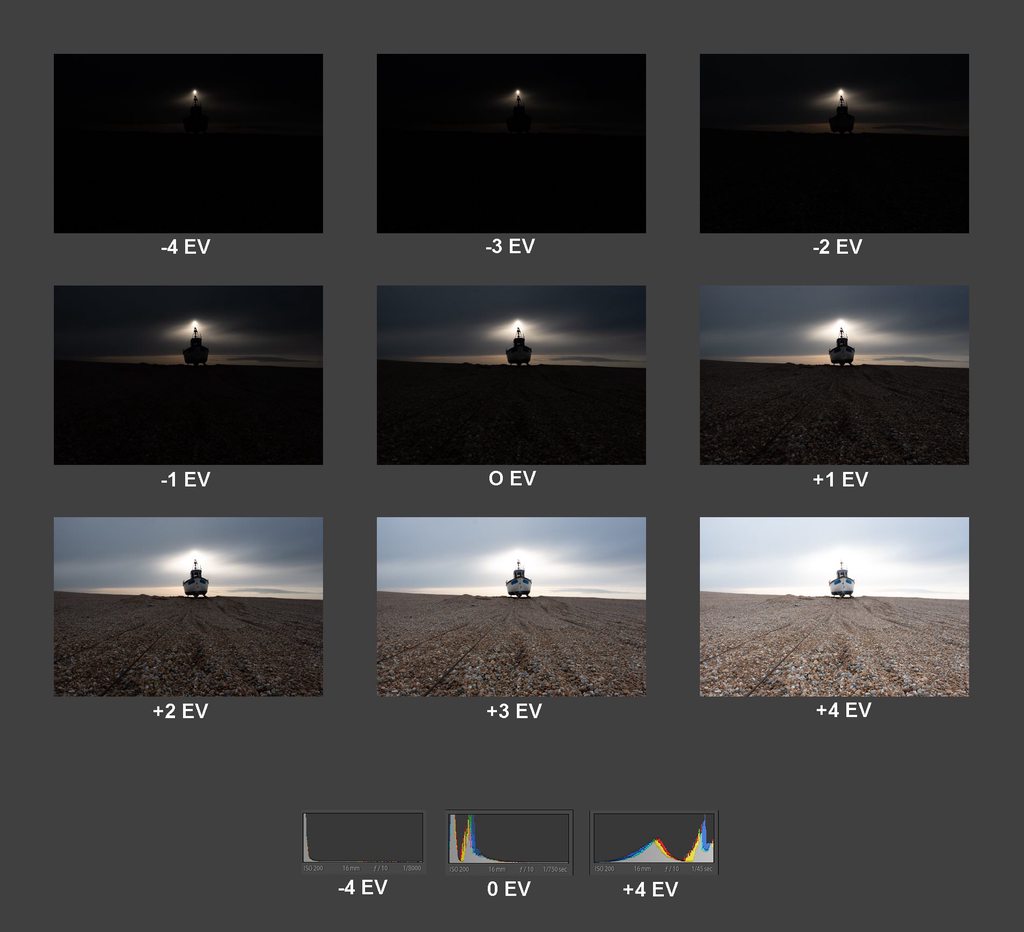
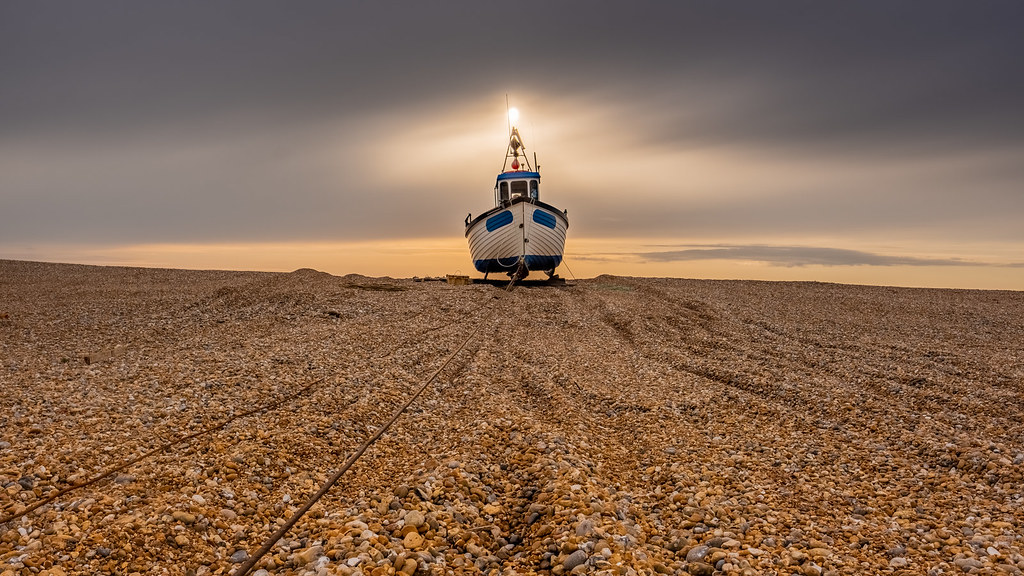
Well I am looking forward to learning how to totally using this great 90mm, WOW I love it.
View attachment 132546
View attachment 132547
Couple of very nice Fujigraphs Sir, particularly liking the one of the lady with the Strat.
George.
Very nice capture David, I like that a lot.
So generally best shoot around f/8 - f/5.6 for best sharp results and it shouldn't blow out the white lights etc...? I've never shot 'HDR' via the XT1 and wouldn't know where to start.....(?)
Great advice from all replied -- thank you, keep the advice coming and I'd appreciate any long exposure images shown, thanks.
Peter
It's a lovely scene, but the blown highlights are a bit severe for me, particularly at the base of the waterfall.
 Patio Aug 2018 by Andrew R, on Flickr
Patio Aug 2018 by Andrew R, on Flickr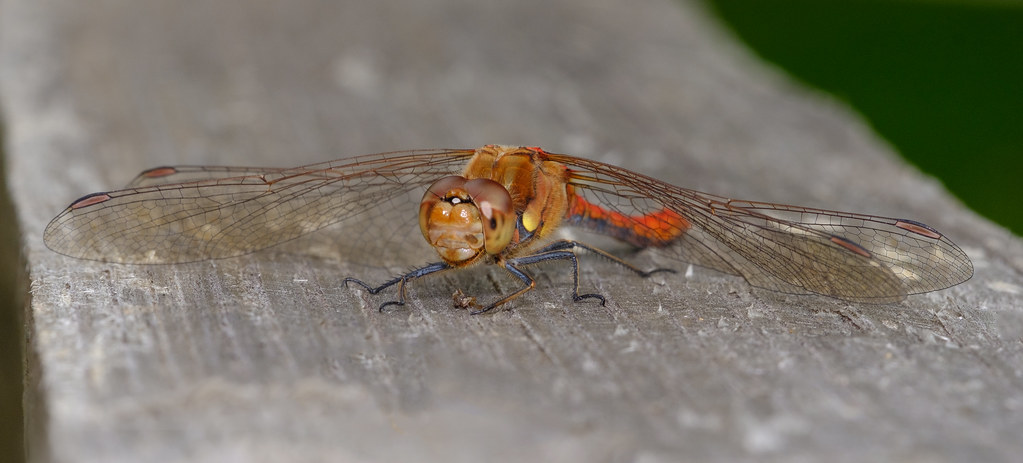

 DSCF3031-Edit by Ash Smith, on Flickr
DSCF3031-Edit by Ash Smith, on Flickr DSCF3033-Edit-Edit by Ash Smith, on Flickr
DSCF3033-Edit-Edit by Ash Smith, on Flickr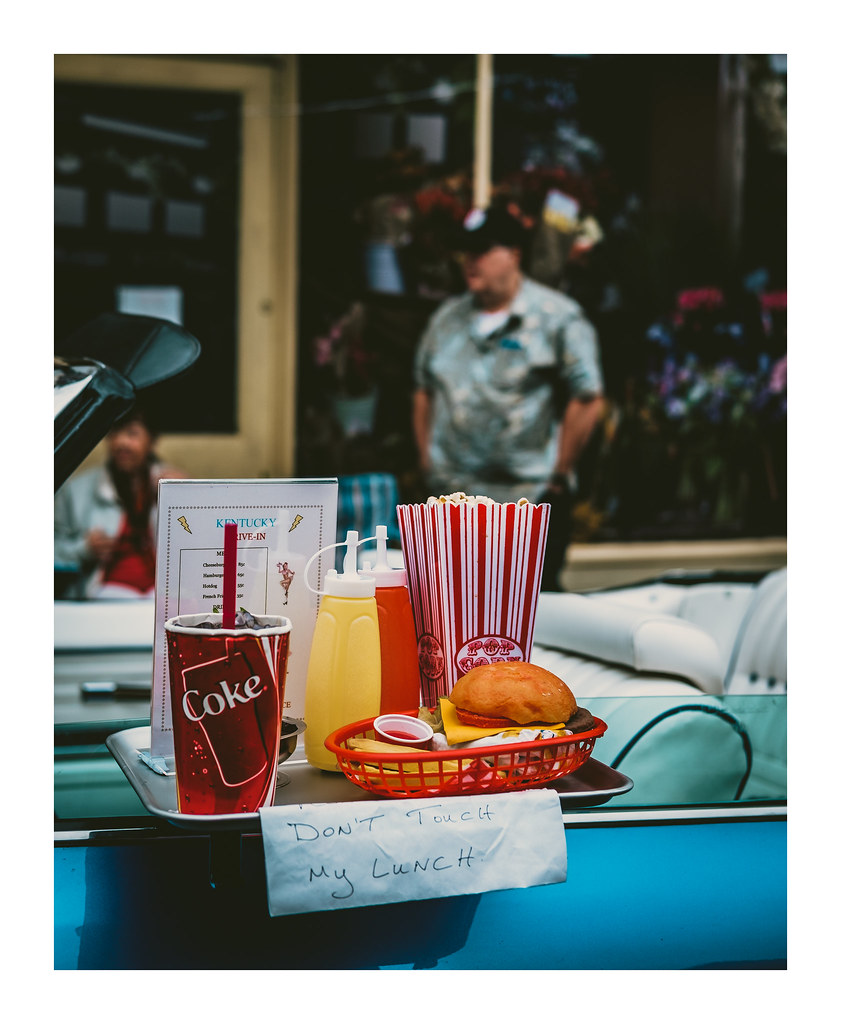 DSCF3043-Edit by Ash Smith, on Flickr
DSCF3043-Edit by Ash Smith, on Flickr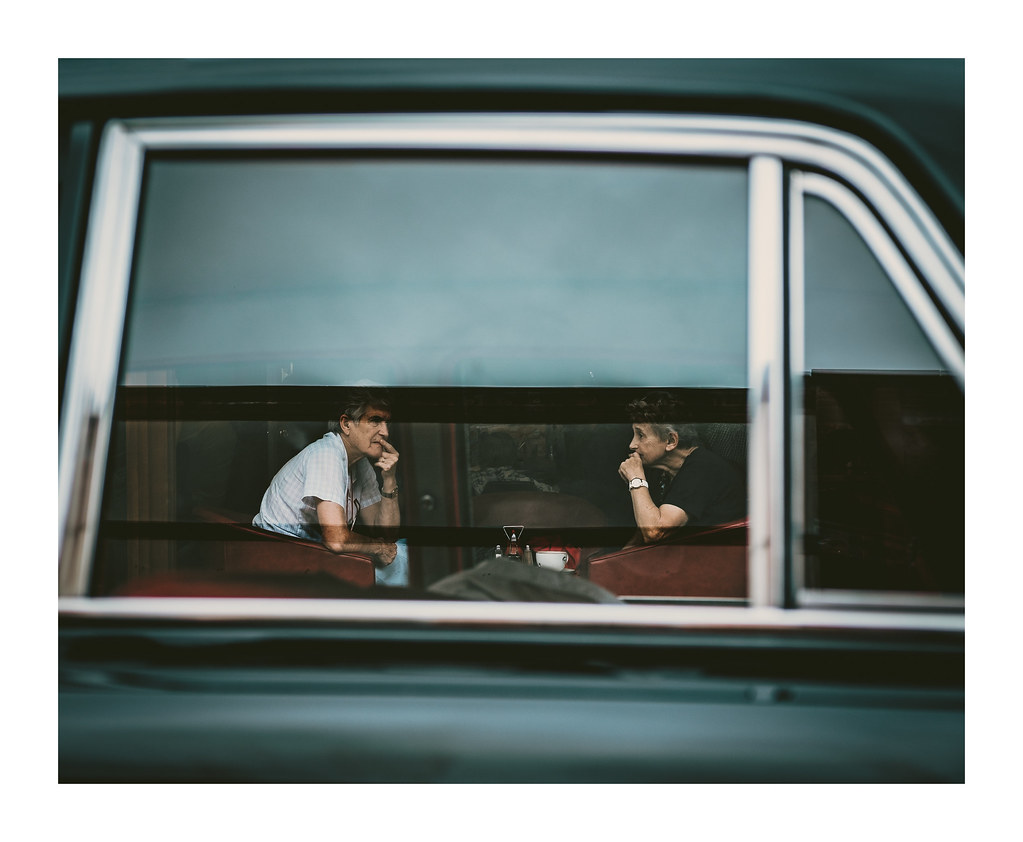 DSCF3049-Edit by Ash Smith, on Flickr
DSCF3049-Edit by Ash Smith, on Flickr DSCF3055-Edit by Ash Smith, on Flickr
DSCF3055-Edit by Ash Smith, on Flickr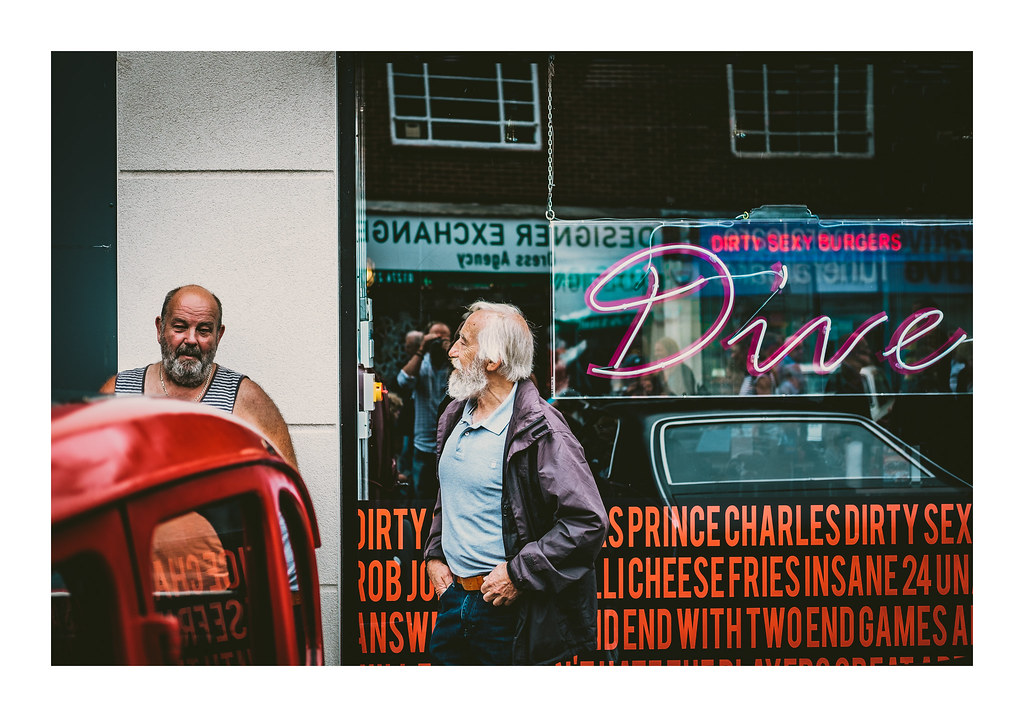 DSCF3070-Edit by Ash Smith, on Flickr
DSCF3070-Edit by Ash Smith, on Flickr